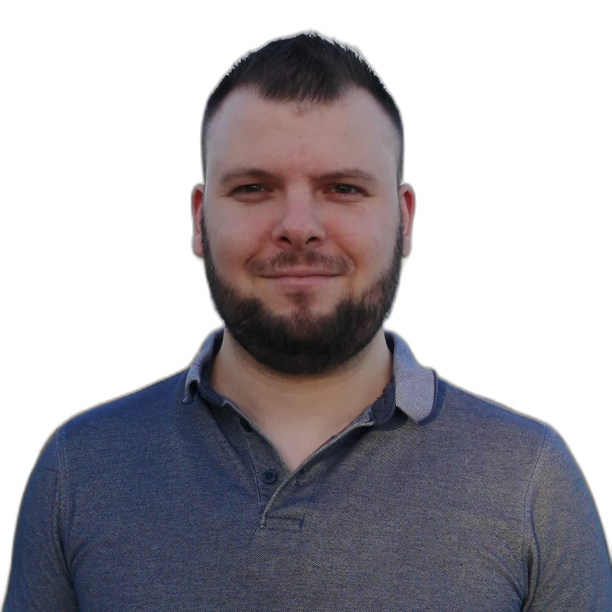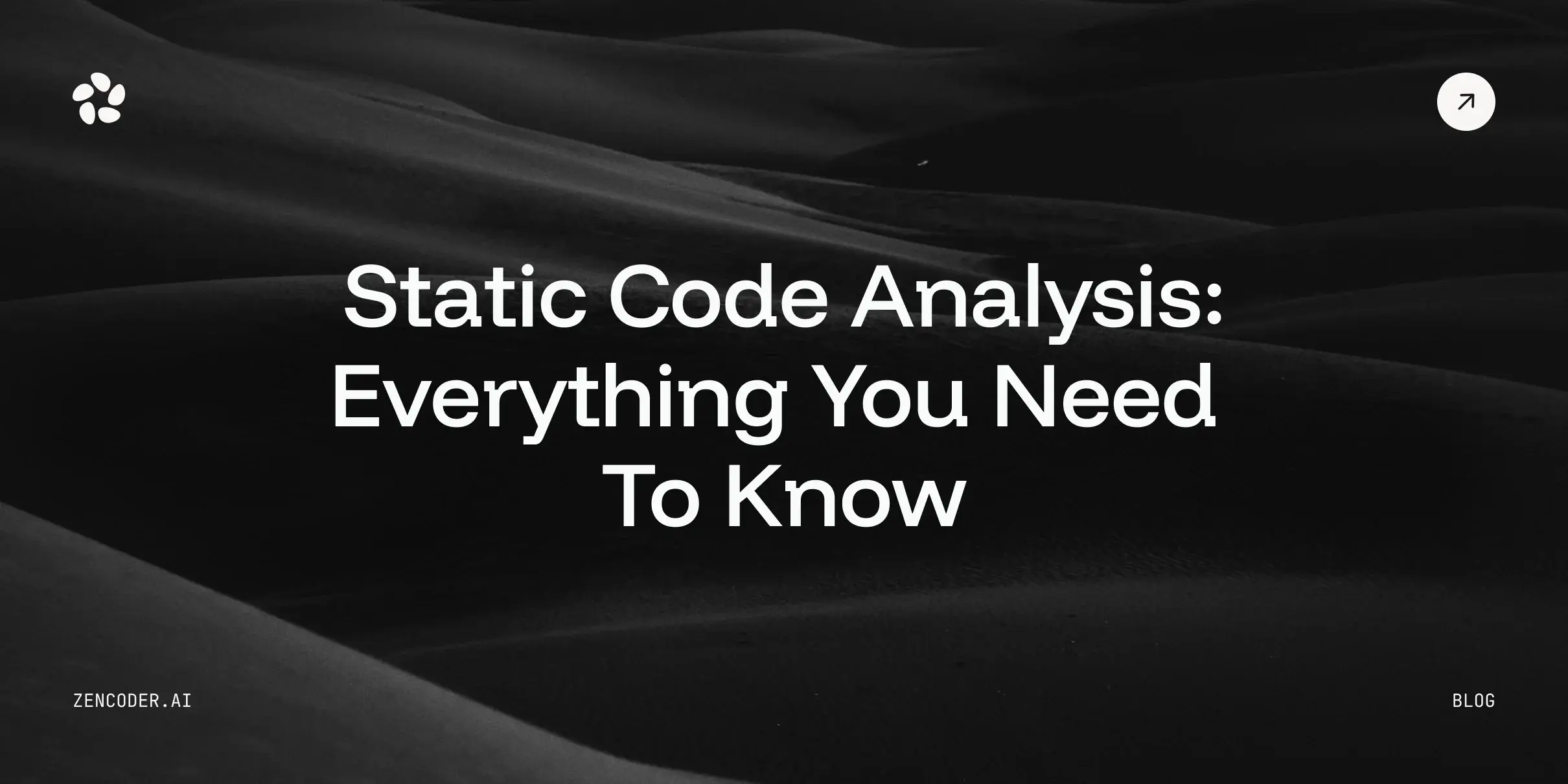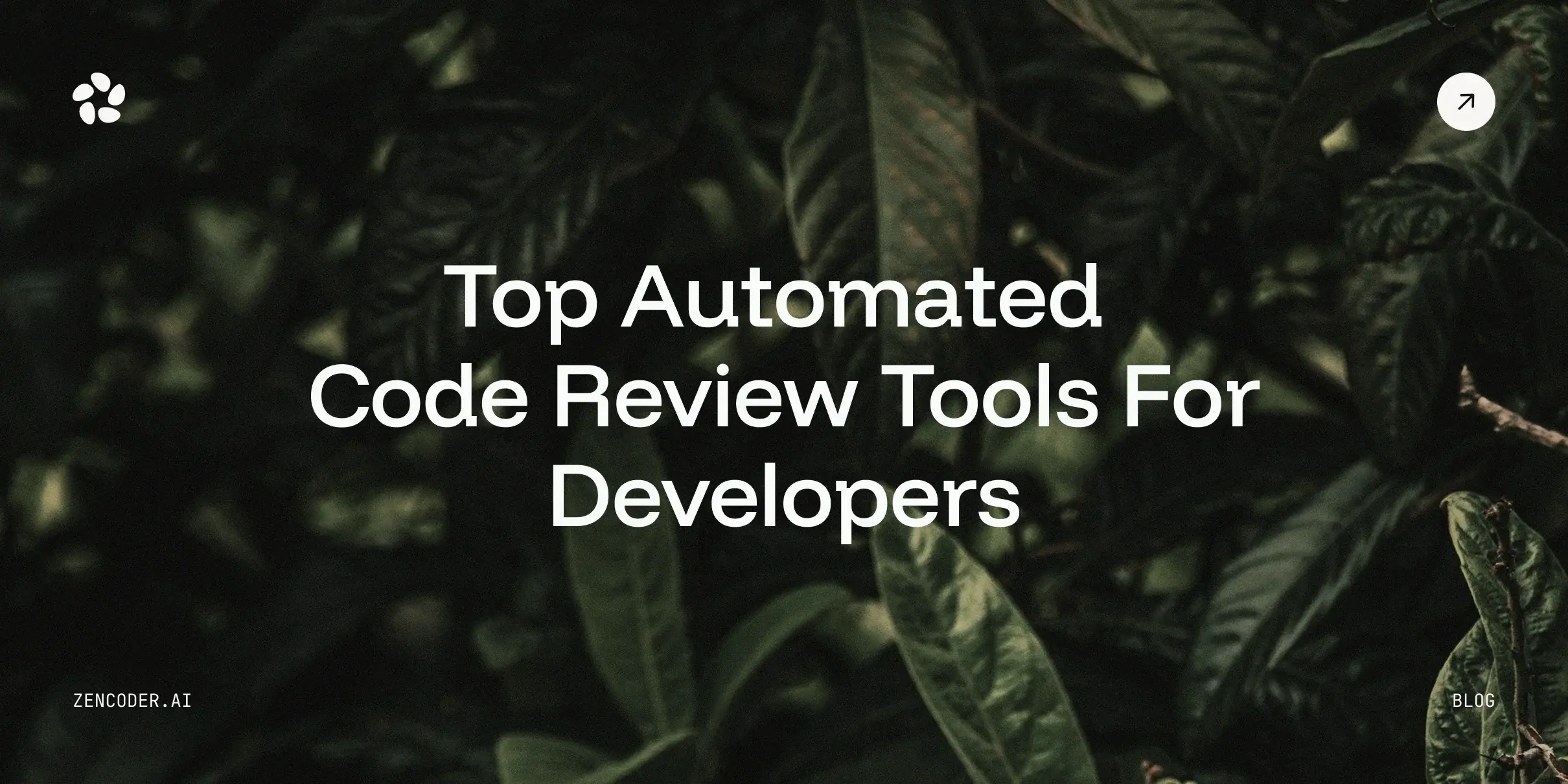If you are a software developer, staying productive, creative, and focused is a constant challenge. To solve this, enter Vibe Coding: a revolutionary approach to programming that combines flow state, environmental optimization, and personal creativity to help developers achieve peak performance.
Whether you're a seasoned coder or just starting out, this guide will walk you through everything you need to know to get started with Vibe Coding and make it an integral part of your workflow.
Let’s dive in!
Understanding the Basics of Vibe Coding
Vibe Coding is a transformative approach to programming that focuses on achieving a flow state—a mental state where you are fully immersed in your work. This section introduces the concept, its benefits, and the foundational principles that make it effective.
What is Vibe Coding?
Vibe Coding is a holistic approach to programming that focuses on aligning your technical output with your personal rhythm. At its core is the idea of the "flow state," a term popularized by psychologist Mihaly Csikszentmihalyi. In a flow state, you are fully immersed in your work, experiencing deep concentration and losing track of time. This opportunity to work “in the zone” means that distractions fade into the background, allowing for innovative problem-solving and quality code on production.
In practice, Vibe Coding involves:
- Minimizing interruptions through deliberate environmental adjustments.
- Structuring your work to foster continuous progress.
- Balancing routine tasks with creative, high-priority challenges.
The Benefits of Vibe Coding
Experience demonstrates that a deliberate, flow-focused approach yields tangible benefits:
- Increased Productivity: By eliminating distractions, you can accomplish more in less time, allowing critical problems to be solved quickly.
- Enhanced Creativity: Entering a flow state encourages innovative approaches to complex challenges.
- Reduced Stress: A structured workflow can reduce anxiety by keeping you in control of your tasks.
- Improved Code Quality: When you’re fully focused, the chances of subtle errors diminish, helping you produce clear, efficient code.
Much of this success is driven by the alignment of your workspace, mindset, and task management techniques with the natural rhythms of your productivity.
Key Concepts of Vibe Coding
Understanding the following principles is essential for adopting Vibe Coding:
- Flow State: The central goal is to stay immersed in your work for extended periods without interruption.
- Environmental Synchronization: Tailor your workspace, background music, and even the ergonomics of your desk to create a harmonious setting for coding.
- Iterative Improvement: Vibe Coding is inherently personal. Experimentation will help you discover what methods and tools best enhance your performance.
By grasping these core ideas, you’re better prepared to structure your day in a way that heightens both focus and creativity.
Setting Up Your Environment for Vibe Coding
A conducive physical and digital workspace is the cornerstone of entering the flow state. Your environment not only influences your work quality but also supports the mental clarity needed for peak performance.
This section covers how to choose the right tools, optimize your workspace, and use music or soundscapes to enhance your coding sessions.
Choosing the Right Tools
Your coding tools should work for you, not against you. Consider the following as you refine your toolkit:
- Code Editor/IDE: Select an interface that aligns with your workflow. Popular choices include VS Code, PyCharm, and innovative tools like Zencoder, which are designed to integrate AI-powered assistance.
- Extensions and Plugins: Enhance your environment with plugins that streamline repetitive tasks. For example, Zencoder comes with debugging tools and code suggestion features that keep you in synergy with your lines of code.
- Task Management Tools: Applications such as Trello or Notion can help keep your coding sessions organized and free of context switching, thus protecting your flow state.
Optimizing Your Workspace
An organized, ergonomically sound workspace minimizes physical distractions and fatigue:
- Ergonomics: Invest in a comfortable chair, an adjustable desk, and a properly set up monitor to avoid strain during long coding sessions.
- Lighting: Adopt soft, natural lighting or adjust your LED setups to reduce eye strain and create a cozy atmosphere.
- Decluttering: Keep your desk tidy. Removing unnecessary items can clear your mind and focus your thoughts on the code ahead.
The Role of Music and Soundscapes
Sound can be a powerful aid in maintaining concentration. The right soundtrack can help you focus, block out distractions, and even boost your creativity:
- Music Selection: Genres like ambient, lo-fi, and instrumental promote focus by complementing the rhythm of work without causing distraction. You can also experiment with an AI music generator to create a unique, adaptive track aligned with your mood.
- Curated Playlists: Use platforms such as Spotify or YouTube to discover or create playlists that match your coding tempo.
- Custom Soundscapes: Apps like Brain.fm or Noisli offer customizable soundscapes to mask disruptive noises and help you enter a deep work state.
By associating these environmental factors with your coding time, you create a self-reinforcing system that makes Vibe Coding both enjoyable and highly productive.
The Vibe Coding Workflow
A well-designed workflow is critical to ensuring that you remain in the flow state from start to finish.
This section outlines how to prepare, code, and step away strategically to maintain optimal productivity.
Preparing for a Vibe Coding Session
Before you start coding, it’s important to set the stage for success. Here’s how:
- Plan Your Tasks: Break down your work into smaller, manageable tasks. This helps you stay focused and avoid feeling overwhelmed.
- Eliminate Distractions: Close unnecessary tabs, mute notifications, and let your team know you’re entering a focus session.
- Set a Timer: Use a timer to structure your session. The Pomodoro technique (25 minutes of work followed by a 5-minute break) is a popular choice.
Coding in the Flow State
Once in the zone, it’s essential to maintain momentum. Here are some tips to help you code with deliberate focus:
- Start with Easy Wins: Begin with simple tasks to build momentum.
- Use Shortcuts and Snippets: Save time by using keyboard shortcuts and code snippets. For example, in Python, you can use libraries like argparse to quickly set up command-line interfaces:
|
import argparse |
Running this script with a task argument (for example, python script.py --task "Refactor module X") would output "Focusing on: Refactor module X". This assists in setting a clear intention before diving into complex coding tasks.
- Debug Efficiently: Use tools like Zencoder to identify and fix bugs without breaking your flow.
Taking Brakes and Avoid Burnouts
Breaks are essential for maintaining long-term productivity. Here’s how to take effective breaks:
- Short Breaks: Take a 5-minute break every 25-30 minutes to stretch and rest your eyes.
- Long Breaks: After 2-3 hours of work, take a longer break to recharge.
- Mindfulness: Use your breaks to practice mindfulness or deep breathing exercises to reduce stress.
This balanced approach allows you to sustain a productive state across prolonged sessions while preserving mental agility and creativity.
Advanced Techniques in Vibe Coding
Once you’ve mastered the basics, it’s time to take your Vibe Coding skills to the next level.
This section explores advanced techniques like customizing your workflow, collaborating with others, and measuring your progress.
Customizing Your Workflow
Since Vibe Coding is highly personal, you should tailor your process to best suit your work habits:
- Automation: Use scripts and tools to automate repetitive tasks. For example, you can use Python to automate file organization:
|
import os |
When executed, this script automatically sorts files into folders (for example, moving Python scripts to a “Python_Files” folder), reducing clutter and saving time that would otherwise be spent on manual file organization.
- Themes and Layouts: Customize your IDE’s themes, fonts, and tool layouts so that visuals also inspire a productive mindset, including exploring AI fonts that adapt to your coding style or preferences. Experiment with dark mode or high-contrast themes, and consider using split-view layouts that allow you to view code alongside related documentation.
Collaborative Vibe Coding
Vibe Coding isn’t just for solo developers. It can also enhance team performance. Here’s how to implement it in team settings:
- Pair Programming: Use tools like Zencoder to collaborate in real-time without disrupting your flow.
- Shared Playlists: Create team playlists to set a collective vibe during coding sessions.
- Standups and Check-ins: Schedule regular check-ins to align on tasks and avoid unnecessary interruptions.
Measuring and Improving Your Vibe Coding Skills
To get better at Vibe Coding, you need to track your progress and make adjustments. Here’s how:
- Metrics: Track metrics like lines of code written, tasks completed, and time spent in the flow state.
- Feedback: Ask for feedback from peers or mentors to identify areas for improvement.
- Retrospectives: Conduct regular retrospectives to reflect on what’s working and what’s not.
Common Challenges and How to Overcome Them
Even the best Vibe Coders face challenges like distractions, creative blocks, and tight deadlines. This section provides actionable tips for overcoming these obstacles and staying on track.
Whether it’s using focus apps to block distractions or brainstorming solutions to reignite your creativity, these strategies will help you maintain your flow and achieve your goals.
Staying Focused in a Distracting Environment
Distractions are the enemy of Vibe Coding. Here’s how to deal with them:
- Noise-Canceling Headphones: Invest in a good pair of headphones to block out background noise.
- Focus Apps: Use apps like Freedom or Cold Turkey to block distracting websites.
- Boundaries: Set clear boundaries with colleagues or family members to minimize interruptions.
Overcoming Creative Blocks
Creative blocks can be frustrating, but they’re a natural part of the coding process. Here’s how to overcome them:
- Step Away: Take a break and do something unrelated to coding.
- Brainstorm: Write down all possible solutions, no matter how unconventional.
- Seek Inspiration: Look at similar projects or open-source code for ideas.
Balancing Vibe Coding with Deadlines
Deadlines can make it difficult to maintain a flow state. Here’s how to balance the two:
- Prioritize Tasks: Focus on high-priority tasks first.
- Time Blocking: Allocate specific time slots for focused work.
- Communicate: Keep your team informed about your progress to avoid last-minute surprises.
Conclusion
Vibe Coding is a transformative approach that goes beyond conventional coding techniques. By mastering the basics, optimizing your environment, implementing a structured workflow, and continuously refining your methods, you can unlock a sustained flow state that enhances both code quality and creative problem-solving.
Remember:
- Begin with small, deliberate changes in your workflow.
- Experiment with various techniques and tools to discover what best supports your creative energy.
- Use automation and strategic breaks not as a sign of weakness, but as essential components of a sustainable, productive practice.
Embrace Vibe Coding to not only code smarter but also to transform your daily work into a more fulfilling and efficient ritual.
How Zencoder Can Help
Zencoder, an advanced AI agent, offers powerful abilities to help developers in their daily work, superpowering your Vibe Coding habits. By leveraging machine learning algorithms, Zencoder analyzes existing code to identify patterns and suggest optimizations, reducing the risk of errors during the transition.
The tool also provides automated refactoring and dependency management, ensuring that the code is compatible with new frameworks.
Try out Zencoder and share your experience by leaving a comment below. Don’t forget to subscribe to Zencoder to stay informed about the latest AI-driven strategies for improving your code governance. Your insights, questions, and feedback can help shape the future of coding practices.



![12 Best DevOps Testing Tools for 2026 [Comparison List]](https://zencoder.ai/hubfs/Cover-Nov-18-2025-04-51-58-6612-PM.webp)